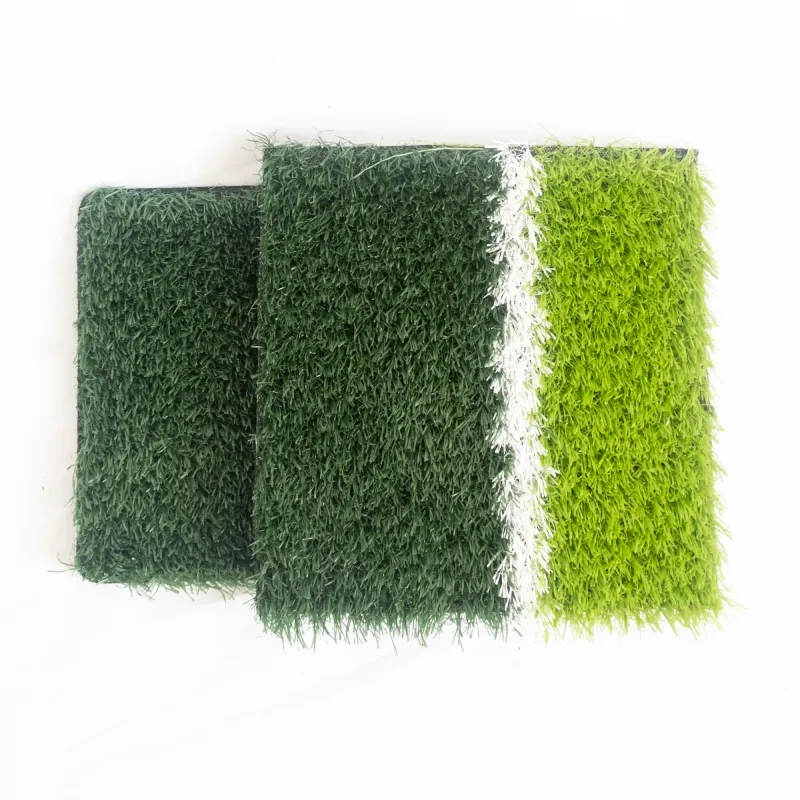
- Afrikaans
- Arabic
- Belarusian
- Bengali
- Czech
- Danish
- Dutch
- English
- Esperanto
- Estonian
- Finnish
- French
- German
- Greek
- Hindi
- Hungarian
- Icelandic
- Indonesian
- irish
- Italian
- Japanese
- kazakh
- Rwandese
- Korean
- Kyrgyz
- Lao
- Latin
- Latvian
- Malay
- Mongolian
- Myanmar
- Norwegian
- Persian
- Polish
- Portuguese
- Romanian
- Russian
- Serbian
- Spanish
- Swedish
- Tagalog
- Tajik
- Thai
- Turkish
- Turkmen
- Ukrainian
- Urdu
- Uighur
- Uzbek
- Vietnamese
indoor soccer turf cost
Nov . 14, 2024 05:06 Back to list
The Cost of Indoor Soccer Turf What You Need to Know
Indoor soccer has gained immense popularity in recent years, providing a fast-paced and exciting alternative to traditional outdoor soccer. As more facilities invest in artificial turf to create optimal playing environments, understanding the costs associated with indoor soccer turf becomes essential for both facility owners and enthusiasts. This article explores the various factors that influence the cost of indoor soccer turf, the different types of turf available, and provides some insights on budgeting for such an investment.
Factors Influencing Turf Costs
1. Type of Turf One of the most significant factors affecting the cost is the type of turf being installed. Artificial turf can vary widely in price, depending on the material used and the technology behind it. There are generally two types monofilament and slit-film turf. Monofilament turf is often more expensive due to its durability and realistic appearance, while slit-film turf tends to be more budget-friendly but may not have the same longevity.
2. Installation Costs Alongside the cost of the turf itself, installation costs are another crucial consideration. The complexity of the installation process can impact the overall price significantly. Facilities may need to prepare a solid base, ensure proper drainage, and occasionally install underfloor heating, all of which can add to the labor costs. Typically, professional installation services can range from $5 to $15 per square foot, depending on the specific requirements of the project.
3. Size of the Facility The larger the surface area to be covered, the more expensive the project will be. Indoor soccer fields can vary in size, but a standard field measures around 200 ft by 300 ft (about 60 m by 90 m). The sheer scale of the area that requires turf influences total costs, so budgeting should take into account not just the turf price but also the cumulative installation expenses.
4. Quality and Warranty Higher-quality turf systems often come with better warranties. Investing in premium turf may require a larger initial outlay, but it could save money in the long run due to lower maintenance costs and longer lifespans. Therefore, when budgeting for indoor soccer turf, consider not only the upfront costs but also the expected longevity and performance of the material.
5. Maintenance and Upkeep Although artificial turf is generally easier to maintain than natural grass, it’s important to factor in ongoing maintenance costs when evaluating the overall expense. Regular cleaning, infill replenishment, and inspections are necessary to ensure that the turf remains in good condition and retains its safety features. This maintenance can add up over time, and it's wise to allocate a portion of the budget for these activities.
indoor soccer turf cost

Budgeting for Indoor Soccer Turf
To effectively budget for an indoor soccer turf project, here are a few steps one might consider
1. Conducting Thorough Research Before making any decisions, research different types of turf and compare prices from multiple suppliers. Get samples if possible to evaluate the quality and feel of the turf, ensuring it meets safety and playability standards.
2. Getting Quotes Obtain detailed quotes from several installation companies to understand the total cost, including any ancillary expenses related to preparation and maintenance. This step is crucial to avoid unexpected costs later on.
3. Planning for Future Expansion If you're thinking about expanding your facility in the future, consider leaving room in your budget for additional turf or features. As demand for indoor soccer continues to grow, having flexible plans can lead to enhanced revenue opportunities.
4. Considering Funding Options Many facility owners can benefit from exploring financing options or grants specific to sports facilities. This approach can help mitigate the potential burden of high initial costs associated with installing turf.
Conclusion
Investing in indoor soccer turf can transform a facility and provide a high-quality playing environment for athletes of all levels. While costs can vary significantly based on multiple factors—including the type of turf, installation, and maintenance—understanding these elements can help owners make informed decisions. Proper budgeting and research will not only facilitate a smoother install but also ensure a long-lasting and enjoyable playing surface that meets the needs of soccer enthusiasts for years to come. Whether you are a facility owner or an interested investor, comprehensively considering these factors will yield significant rewards down the line.
-
The Benefits of Artificial Turf for Indoors
NewsJul.15,2025
-
How Artificial Grass Suppliers Ensure Quality Products
NewsJul.15,2025
-
Artificial Grass and Pets: A Space for Relaxation
NewsJul.08,2025
-
Balcony & Outdoor Decoration with Artificial Grass
NewsJul.08,2025
-
Best Indoor Artificial Grass for Home
NewsJul.07,2025
-
Best Pet Turf for Dogs: Safe & Durable Artificial Grass Options
NewsJul.07,2025
Products categories









